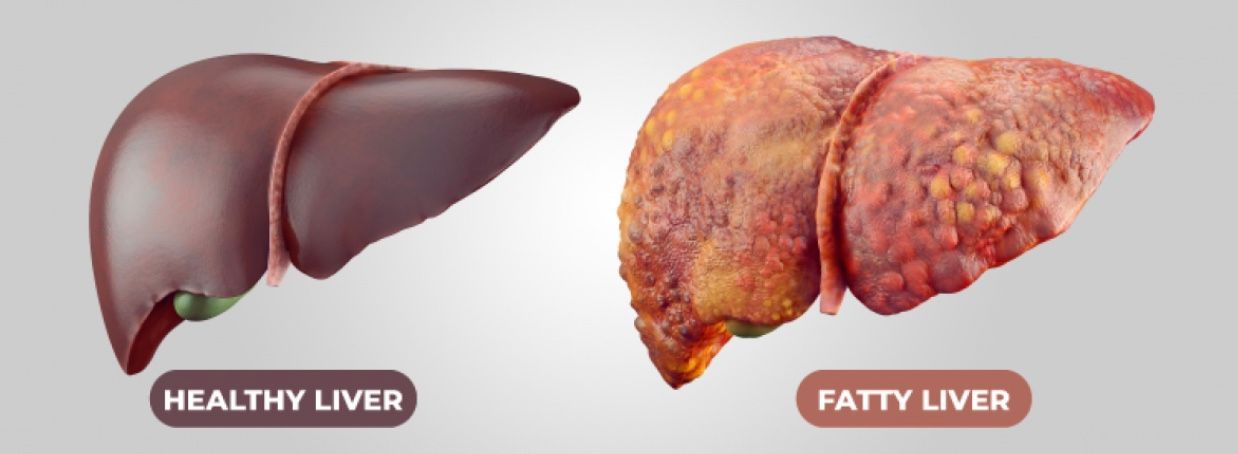Carpal Tunnel Syndrome FAQs
The tingling and numbness of carpal tunnel syndrome are annoying and painful. Siatta B. Dunbar, DO, CAQSM, in Burnsville, Minnesota, has been treating patients with a variety of traumatic and chronic conditions for several years — including carpal tunnel syndrome — and is ready to help you get back on the mend. Book an appointment by giving us a call today.
What is carpal tunnel syndrome?
Carpal tunnel syndrome is a condition caused by the compression of the median nerve — located in your wrist — which is responsible for moving your thumb and first three fingers. The tissue or tendons that go from your forearm to your hand connect to your median nerve via a small space in your wrist called the carpal tunnel. Typically if you have carpal tunnel syndrome, your hand may tingle, feel numb or weak, or be painful or uncomfortable.
What causes pressure on the median nerve?
When the carpal tunnel narrows, it causes pressure on the median nerve. The narrowing can be caused by swelling usually because of repetitive hand movements, particularly when your hands are positioned lower than your wrists. Other causes of median nerve compression include diseases such as rheumatoid arthritis, diabetes, and hypothyroidism. In some cases, carpal tunnel syndrome happens during pregnancy, usually during the second trimester.
Can anyone get carpal tunnel syndrome?
Any adult can get carpal tunnel syndrome, but it occurs in three times as many women as men. Diabetes or other people suffering from metabolic disorders affecting nerves are also at a higher risk. Contrary to popular belief, not just typists or data-entry workers get carpal tunnel syndrome. In fact, assembly line workers in industries such as manufacturing, fish/meat packing, and sewing are three times more likely to get carpal tunnel syndrome than data-entry workers.
How is carpal tunnel syndrome treated?
There are a variety of carpal tunnel syndrome treatment options ranging from non-surgical and noninvasive, to open surgery. If you notice tingling and numbness and think you are getting carpal tunnel syndrome, Dr. Dunbar recommends that you get it checked out as soon as possible.
Carpal tunnel treatment options can include:
Over-the-counter and prescription drugs to relieve pain and inflammation Hand therapy Splinting (especially at night) Taking breaks from repetitive activities Ultrasound-guided injections
Although some severe cases of carpal tunnel syndrome may require surgery, Dr. Dunbar strives to use the most minimally invasive treatments to relieve pain and get you feeling your best.
If you think you have carpal tunnel syndrome, contact Dr. Dunbar in Burnsville, Minnesota, for a complete evaluation. Book an appointment by giving us a call today.
Author Dr. Siatta Dunbar
The post Carpal Tunnel Syndrome FAQs appeared first on Saravit Wellness.












